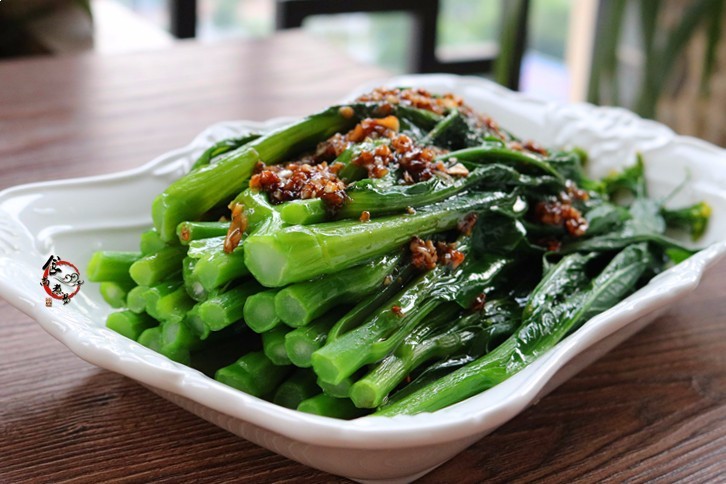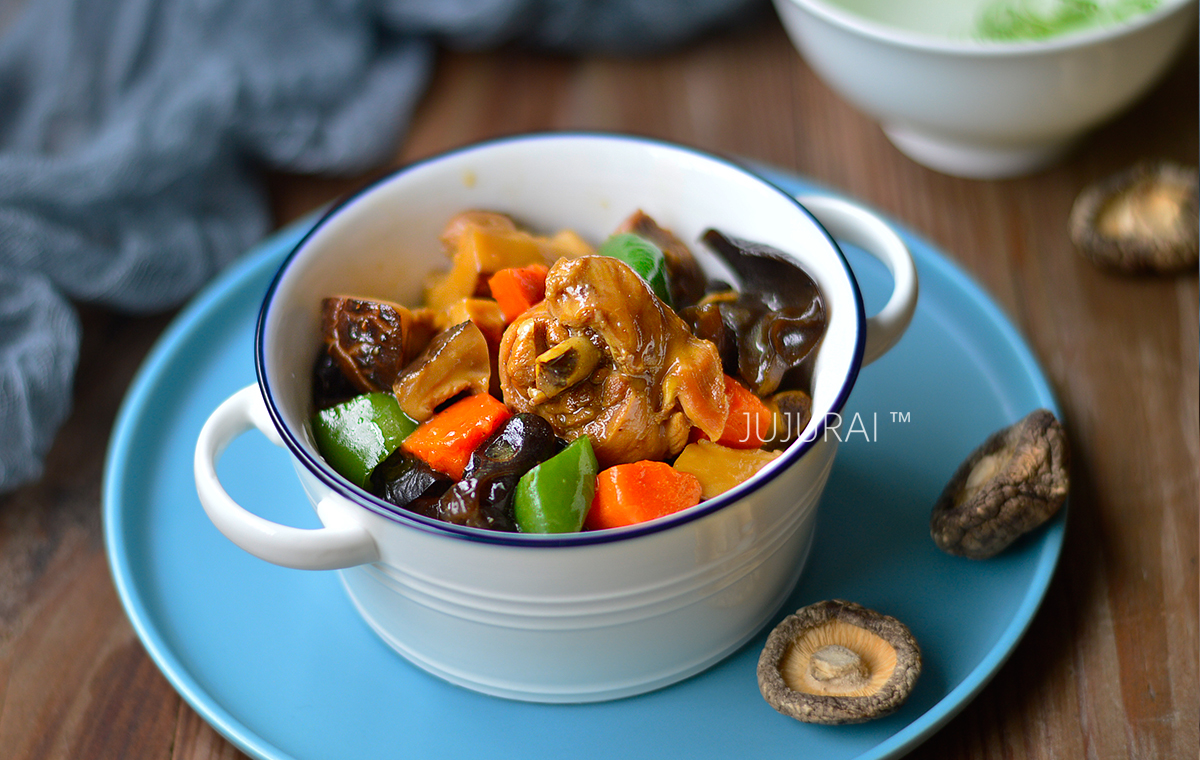Chestnut Chocolate Bread
| High-gluten flour 200 grams | Cocoa powder 10 grams |
| Hot seed 30g | Sugar 30g |
| Yeast 3 grams | Salt 3 grams |
| water 140g | Butter 20 grams |
| Chocolate beans 35 grams | High-gluten flour 16 grams |
| Boiling water 16ml | Chestnut Appropriate amount |
| White sugar Appropriate amount |
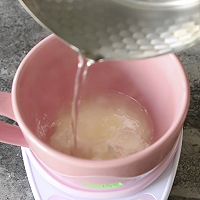
Step 1
Do the perming first. Pour 16 grams of high-gluten flour into 16 ml of boiling water and stir evenly with chopsticks.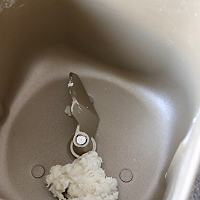
Step 2
Let cool and then place into the kneading bucket of the bread machine.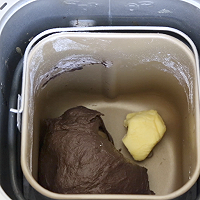
Step 3
Then add 200 grams of high-gluten flour, 10 grams of cocoa powder, 30 grams of sugar, 3 grams of yeast, 3 grams of salt, and 140 grams of water. Use the bread machine's kneading program imix to knead the dough for 20 minutes, then add butter and continue kneading. 20 minutes.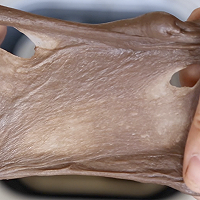
Step 4
After kneading the dough for 40 minutes, take a piece of dough and stretch it out to see if the dough can form a thin film with smooth edges. Knead it to this state.
Step 5
Add the chocolate beans and knead for 1-2 minutes until the chocolate is incorporated into the dough.
Step 6
Place the dough in a container, cover the surface, and ferment for the first time at 28 degrees.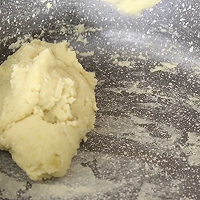
Step 7
You can make chestnut filling while fermenting. Boil the chestnuts and beat them into a puree. If they are not easy to beat, add a little water to beat them, then put them in a non-stick pan, add sugar according to your personal taste, and stir-fry over medium-low heat until the chestnut filling forms a ball.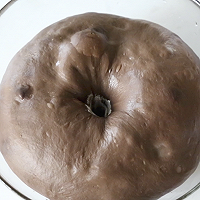
Step 8
Ferment for about 80 minutes. When the dough has doubled in size, dip your fingers in some dry flour and poke a hole in the dough. If the hole does not shrink or shrinks a little, and the dough does not collapse, it means it has fermented. If the shrinkage is severe, the fermentation time will need to be extended. If the dough collapses as soon as you press it, it means it has over-risen, and it cannot be used and will have to be kneaded again.
Step 9
After the dough has fermented, take it out and pat the dough gently to deflate the dough, divide it into small pieces of 50g/piece, and roll them into rounds. Cover with plastic wrap and rest for 20 minutes. Here is a little knowledge. If you suddenly need to go out after the dough has fermented for the first time, you can divide the dough into rounds and place it in a baking pan. Cover the surface with plastic wrap. Be sure to cover it tightly to ensure there are no gaps, and then put the dough in the refrigerator. Allow to rest in the refrigerator for 24 hours. If you want to do it, take it out of the refrigerator in advance and put it at room temperature to warm up. Then warm it up to room temperature before shaping and proceeding to the next step.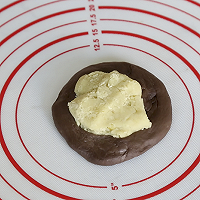
Step 10
Once the dough has relaxed, start shaping it. Flatten the dough, turn it over, and add chestnut filling.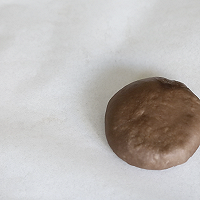
Step 11
Wrap well and pinch to seal. Press the seal down. Place the dough on a baking sheet lined with greaseproof paper, and press the dough with your hands to flatten it.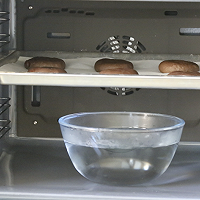
Step 12
After everything is shaped, place the baking sheet on the upper shelf of the oven, and put a large bowl of hot water underneath. There should be a certain gap between the hot water and the baking sheet. Just close the oven door and ferment for about 40 minutes. There is no need to turn on the fermentation function of the oven. The temperature of the hot water should be around 45 degrees. Never add boiling water, as it will overcook the dough and make the bread unpalatable. My method is that the electric water heater can adjust the hot water to 45 degrees, so I use the 45-degree hot water in the water heater, and the fermentation is just right in 40 minutes.
Step 13
Take the dough out after it has fermented until it has doubled in size. At this time, preheat the oven to 180 degrees for 10-15 minutes. For small household ovens, it is recommended to preheat for 15 minutes. Then brush a layer of egg white on the surface. How to test the second fermentation: press a small pit on the dough. If the pit does not rebound, it proves that the fermentation is complete and it should be baked in the oven immediately. If the dough collapses like a deflated ball when pressed, it means it has fermented. If you press it and the dough springs back immediately, it means it is not fermented enough and needs to continue fermenting.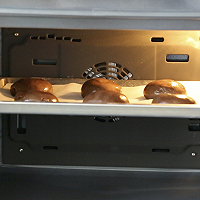
Step 14
Preheat the oven, place the baking sheet in the middle of the oven, and bake at 180 degrees for 15 minutes.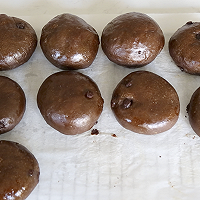
Step 15
Immediately after baking is done, take it out and place it on the grill to cool. Chocolate chestnut cake is ready!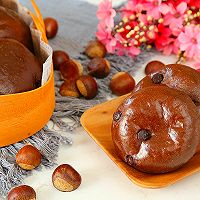
Step 16
Let's eat Chestnut Chocolate Bread Cooking Tips1. When the prepared bread is still warm, wrap it in a plastic bag and put it in the refrigerator for storage. It can be stored frozen for one month.
2. Take it out to room temperature and defrost it before eating.






